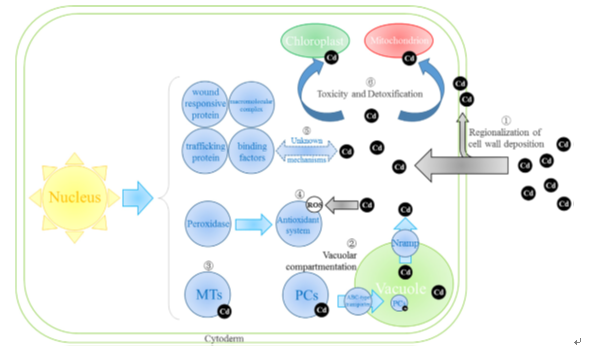作 者:Zhang, JC; Yu, JF; Hong, HL; Liu, JC; Lu, HL;Yan, CL
影响因子:3.146
刊物名称: MARINE POLLUTION BULLETIN
出版年份:2017
卷:119(1) 页码: 81-91
The halophytic Avicennia marina (Forsk.) is one of the pioneer mangroves along the south coast of China. It is an
appropriate material for understanding molecular mechanisms of heavy metal tolerance in mangrove plants. A
forward and a reverse cDNA library was constructed by PCR-based suppressive subtractive hybridization (SSH)
to isolate these tolerance-associated genes from A. marina leaves. A total of 99 ESTs obtained from the forward
and reverse libraries showed significant differential expressions.Twenty-nine genes selected by SSHwere studied
by real-time PCR in order to analyze their expression level. Most of these genes' expression increased in leaves
under Cd stress, which suggests that these genes contribute to the heavy metal tolerance in A. marina. The diversity
of these genes indicated that heavymetal stress resulted in a complex response inmangrove plants. This could
prove a useful approach for further exploring the molecular mechanisms behind such heavy metal tolerance.

Fig. 19.The heavymetal tolerancemechanismin Avicenniamarina at molecular level. Depicted is a leaf cell. Cd2+ ions are possibly taken up into leaf cells by Ca2+ transporters. The cell wall could be the binding part of the Cd2+. In the cytosol, a part of Cd2+ is chelated by PCs and transported into the vacuole by an ABC-type transporter.MTs representmajor Cd binding sites important for detoxification. The antioxidant systemis crucial in preventing the formation of the highly toxic ROS.Wound responsive protein, trafficking protein,macromolecular complex and binding factors may play an important role in heavy metal resistance by some unknown mechanisms.

